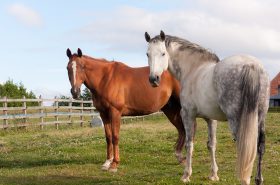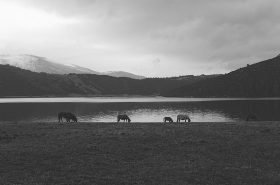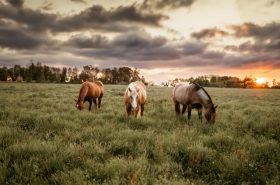These early horse breeds are still with us today. They’re living legacies!
Cow pony, buffalo horse, mustang, and Indian pony are a few names that describe the horses Native Americans rode. They basically represent the same horse. The history of these animals is long and interesting. It’s said the Spanish brought them to the New World in the 1500s. These horses had Arabian, Barb, and Andalusian blood. They were completely new to the Indians of that era.
At first, Indians were not allowed to own or ride a horse. Eventually, the tribes came around and welcomed this “Big Dog” into their lives. Horses changed everything from the way they hunted to how they bartered. They were even part of numerous religious ceremonies.
In the 1800s, the United States government attempted to push the Native Americans off their land. In order to make them weaker, their horses were taken away or bred to slower draft breeds. This forever altered the Native American horse culture.
Check out some of the more famous Native American horse breeds!
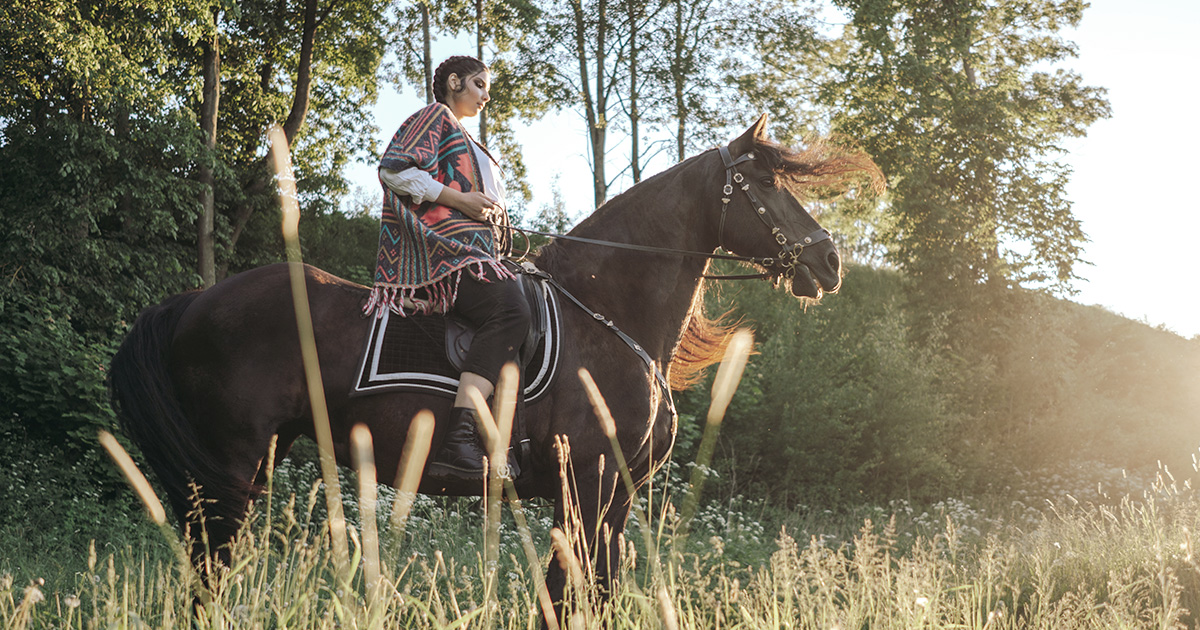
Appaloosa
The beautiful spotted coloration of this breed was identified on cave drawings dating back to prehistoric times. An early type of this horse accompanied New World explorers. Their wild spots captivated the Native Americans. In particular, the Nez Percé tribe practiced selective breeding with the goal of speed, sure-footedness, and color. They were named “Palouse” horses for the river that ran through the area. Eventually, they were renamed Appaloosa.
The American Paint Horse
This breed was brought to North America by Spanish explorers. Native Americans acquired the horses because of their unique color. Later on, the settlers bred their own horses with the Indian ponies. This allowed their coloring to really develop.
Spanish Mustang
One of the first breeds original to the Native Americans. The Spanish Mustang descended from the horses of the Conquistadors and Native Americans. This breed has a compact, muscular build, round hindquarters, and a low-set tail. They come in a wide range of colors, including buckskin, roan, pinto, and black. Additionally, they’re between 13.2 to 15 hands. This strand of mustang varies from the Bureau of Land Management mustangs, as it doesn’t have draft and ranch horse bloodlines.
Nokota Horses
Originating from the 19th-century ranch and Indian horses, the Nokota Horse first appeared in the Little Missouri River Badlands of southwestern North Dakota. The breed was nearly wiped out in the early 20th century when ranchers fought for livestock grazing land. Luckily, a few bands were trapped inside the Theodore Roosevelt National Park, and thus saved. The breed predominately comes in blue roan, black and gray, but other colors like bay, chestnut, and red roan are possible. It has a unique gaited movement called the “Indian shuffle”. Nowadays, you can find the breed in western and English disciplines.
Chickasaw Pony
Known also as Cracker Horse, Marsh Tacky, Prairie Pony, and Florida Horse, this unique breed was introduced to Florida in 1521. Spaniard, Ponce de Leon brought these horses with him on his second trip to the region. They mostly contained the Iberian horse blood of Arabian, Barb, and Turkman. Chickasaw ponies are under 14 hands and very muscular. They’re known for being incredible sprinters.
Many horse breeds can trace their descendants to Native American horses. For example, the American Quarter Horse is a cross between Chickasaw ponies and Thoroughbreds. Do you know the history of your horse’s breed? It can be fun to trace their lineage!
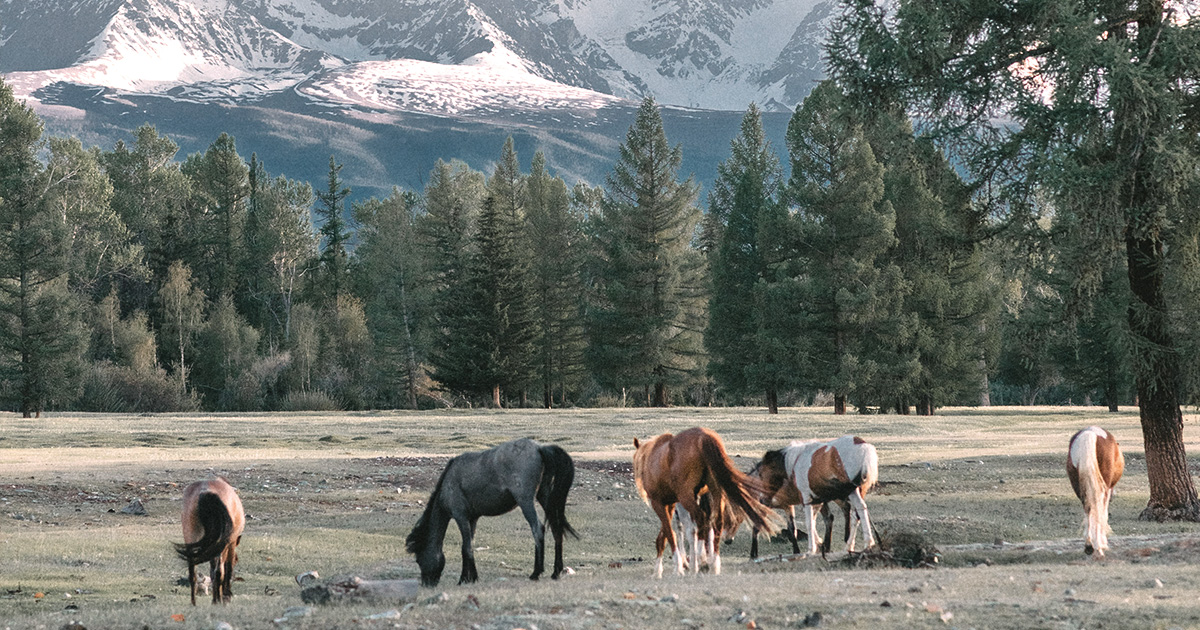
Love this blog post? We think you will like Horses of the Wild West by Emily Fought.

